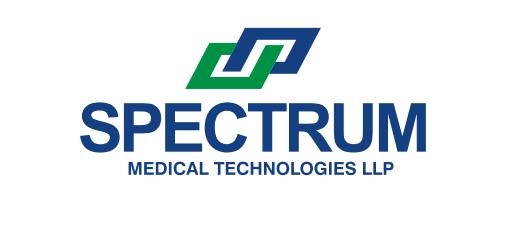Good Systems Agreement: Ensuring Efficiency and Productivity
In any type of organization, whether it be in business or in the government, having a good system in place is crucial in order to achieve professionalism and productivity. A system is a set of processes and procedures designed to accomplish a specific task or goal. It serves as a guide to ensure that all members of the organization are on the same page and are working towards a common objective.
In order to have an effective system, it is imperative that there is a good systems agreement among the members of the organization. A systems agreement is a document that outlines the rules, guidelines, and procedures that members of the organization should follow when working within the system. This document helps to provide consistency and clarity in the expectations of the members.
A good systems agreement should include the following:
1. Clear objectives and goals. The agreement should provide clear goals and objectives of the system, allowing all members of the organization to work towards a common objective.
2. Roles and responsibilities. Each member of the organization should be assigned specific roles and responsibilities within the system. This helps to prevent confusion and duplication of efforts.
3. Guidelines and procedures. The agreement should outline the guidelines and procedures that members should follow when carrying out their assigned tasks. This ensures consistency and uniformity in the performance of duties.
4. Measures for success. The agreement should provide measures for success in achieving the objectives and goals of the system. This helps to evaluate the effectiveness of the system and identify areas for improvement.
5. Communication protocols. Clear communication is essential in any organization. The agreement should establish protocols for communication between members, ensuring that information is shared efficiently and effectively.
Having a good systems agreement in place can provide numerous benefits to an organization. It ensures that all members are working towards a common goal, promotes efficient and effective performance of tasks, and allows for evaluation and improvement of the system.
In conclusion, a good systems agreement is essential in order to achieve efficiency and productivity within an organization. It provides consistency and clarity in the expectations of the members, allowing for effective collaboration and consistent performance of tasks. By including clear objectives, roles and responsibilities, guidelines and procedures, measures for success, and communication protocols, organizations can establish a strong foundation for success.

